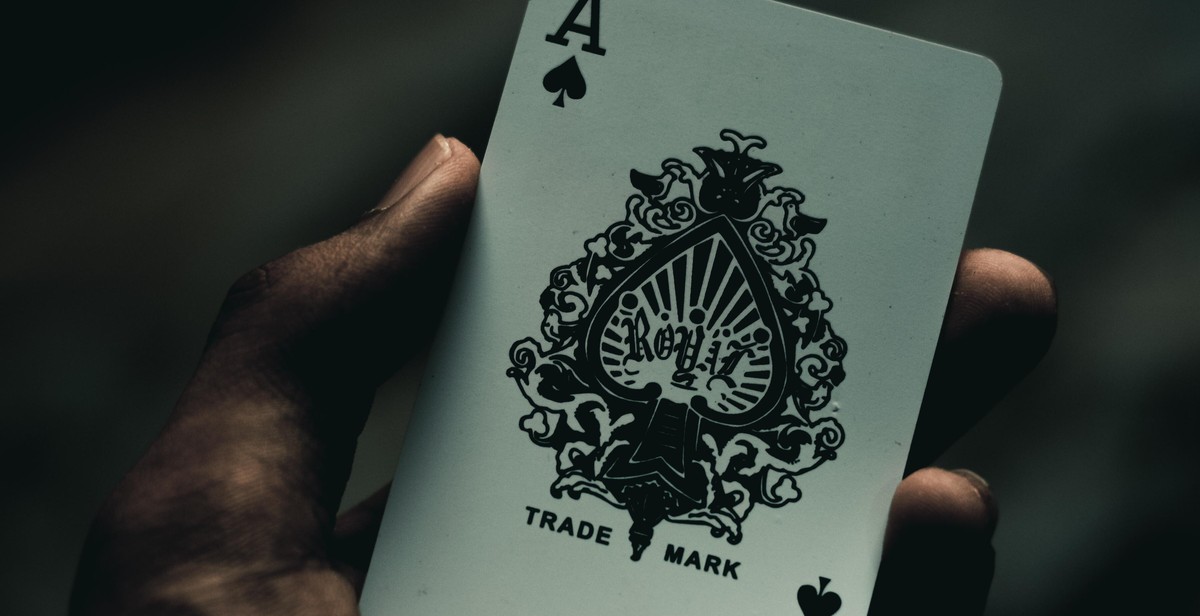How to Play Seven-Card Stud Poker: Rules and Strategies
Seven-Card Stud Poker is a classic poker game that has been around for decades. It is a game that is played with a standard deck of 52 cards and can be played with two to eight players. In this game, each player receives seven cards, and the objective is to make the best five-card hand possible using any combination of the seven cards dealt to them.
The Basics of Seven-Card Stud Poker
The game begins with each player placing an ante into the pot. The dealer then deals two cards face down and one card face up to each player. The player with the lowest card showing must make a forced bet, known as the bring-in. The game continues clockwise with each player making their move based on the strength of their hand.
The remaining five cards are dealt face up, with a round of betting after each card is dealt. The final round of betting occurs after the seventh card is dealt, and the player with the best five-card hand wins the pot.
Strategies for Seven-Card Stud Poker
To be successful in Seven-Card Stud Poker, players need to have a solid understanding of the game’s rules and strategies. One of the most important strategies is to pay close attention to the cards that are dealt and the cards that other players are showing. This information can help players make informed decisions about when to bet, call, or fold.
Another important strategy is to be patient and not get too attached to weak hands. It is essential to know when to fold and cut your losses, rather than trying to bluff your way through the game.
- Understand the rules and strategies of Seven-Card Stud Poker
- Pay attention to the cards that are dealt and the cards that other players are showing
- Be patient and don’t get too attached to weak hands

Basic Rules of Seven-Card Stud Poker
Seven-Card Stud is a classic poker game that has been popular for many years. It is a game that requires skill, strategy, and a bit of luck. In this section, we will go over the basic rules of Seven-Card Stud Poker.
Ante and Bring-In
Seven-Card Stud is typically played with antes and a bring-in. The ante is a small bet that all players at the table must make before the start of each hand. The bring-in is a forced bet made by the player with the lowest-ranking upcard (the first exposed card). The amount of the bring-in is typically half of the lower betting limit.
Third Street
After the antes and bring-in have been made, each player is dealt three cards: two downcards (hole cards) and one upcard (exposed card). The player with the highest-ranking upcard starts the betting round. The betting action starts with a forced bet, which is typically the lower betting limit.
After the first betting round is completed, each player still in the game is dealt another upcard (Fourth Street). The player with the highest-ranking upcards starts the betting round. The betting action on Fourth Street and all subsequent rounds is at the higher betting limit.
Fourth Street
After the first betting round is completed, each player still in the game is dealt another upcard (Fourth Street). The player with the highest-ranking upcards starts the betting round. The betting action on Fourth Street and all subsequent rounds is at the higher betting limit.
Fifth Street
After the betting action on Fourth Street is completed, each player still in the game is dealt another upcard (Fifth Street). The player with the highest-ranking upcards starts the betting round.
Sixth Street
After the betting action on Fifth Street is completed, each player still in the game is dealt another upcard (Sixth Street). The player with the highest-ranking upcards starts the betting round.
Seventh Street
After the betting action on Sixth Street is completed, each player still in the game is dealt a final downcard (Seventh Street). The player with the highest-ranking upcards starts the betting round.
Showdown
After the final betting round is completed, the remaining players reveal their hands in a showdown. The player with the best five-card hand wins the pot.
Conclusion
Seven-Card Stud Poker is a classic game that requires skill, strategy, and a bit of luck. By understanding the basic rules of the game, you can improve your chances of winning and have a great time playing.

Strategies for Playing Seven-Card Stud Poker
While the rules for seven-card stud poker are fairly straightforward, becoming a successful player requires a mastery of several key strategies. Here are some tips to help you improve your game:
Starting Hands
The starting hand you receive is crucial in seven-card stud poker. A strong starting hand can give you a significant advantage over your opponents. Good starting hands include pairs, high cards, and suited connectors. Avoid starting hands with low cards or cards of different suits.
Position and Observing Players
Position is important in seven-card stud poker. Players who act later in the betting round have an advantage as they have more information about their opponents’ hands. It’s also important to observe your opponents’ behavior to get an idea of their playing style and potential hand strength.
Reading Opponents
Being able to read your opponents’ behavior and body language can give you a significant advantage in seven-card stud poker. Pay attention to how they bet, how they handle their cards, and their facial expressions. This information can help you make informed decisions about your own betting strategy.
Bluffing and Semi-Bluffing
Bluffing and semi-bluffing are important strategies in seven-card stud poker. Bluffing involves making your opponents believe that you have a strong hand when you don’t, while semi-bluffing involves betting on a hand that has potential but is not yet strong. It’s important to use these strategies sparingly and to read your opponents’ behavior to determine when it’s appropriate to use them.
Managing Your Bankroll
Managing your bankroll is an important part of playing seven-card stud poker. It’s important to set a budget for yourself and stick to it. Avoid playing with money that you can’t afford to lose, and never chase your losses by betting more than you can afford.
| Hand | Description |
|---|---|
| Pair | Two cards of the same rank |
| High card | A card with a high rank, such as an Ace or King |
| Suited connector | Two cards of the same suit that are consecutive in rank, such as 9 and 10 of hearts |
